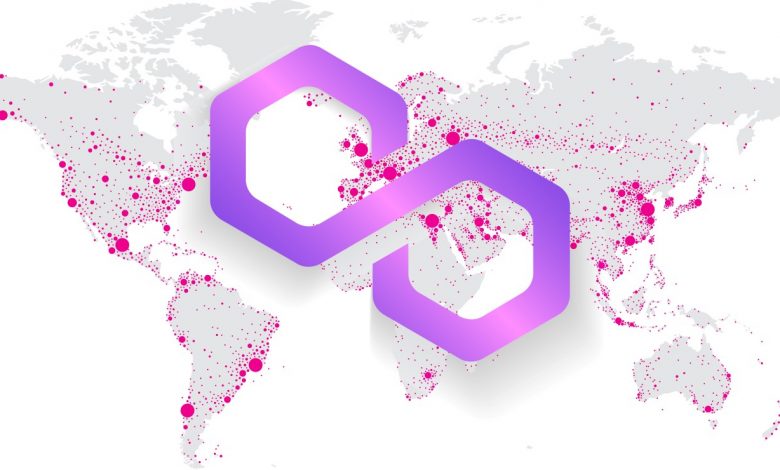What Does Polygon Crypto Do?

123swap has created technologies to help the platform beat the competition, be faster and become the best swapping platform globally.
ICOs, Defi, NFTs. In recent years, practically all of the major trends in the crypto sector have played and are largely taking place on the programmable Ethereum platform. Ethereum has thus demonstrated its versatile application possibilities and consolidated its supremacy as “cryptocurrency 2.0” – despite ever-increasing competition from smart blockchains and crypto platforms such as Solana, Binance Smart Chain (BNB Coin), or Cardano(ADA). With the increasing awareness and use through many different Defi applications, NFTs, and other purposes, the scaling problems of the somewhat dusty Ethereum blockchain are also becoming visible.
Table of Contents
Polygon 123 Swap
Polygon was designed to solve Ethereum’s current scaling problem. As a so-called ” Layer 2 technology “, Polygon creates a second network level with which both developers and users of Ethereum DApps can bypass the bottleneck of the network.
Due to the clever combination of the plasma framework and a proof-of-stake architecture, DApps and the associated smart contracts can run on a second level (“Layer 2”), which is provided by the polygon architecture. How powerful Polygon is can be seen in important vital figures: Instead of the around 15 transactions per second that Ethereum manages, Polygon can process over 65,000 transactions per second on a single sidechain and confirm new blocks in less than two seconds.
The use of Layer 2 technology can massively accelerate Ethereum DApps and save users the high transaction fees that would be due for fast processing without a scaling solution. Practical: Polygon is fully compatible with the Ethereum Virtual Machine (EVM) runtime environment, which is why DApps can easily switch to the Polygon architecture without leaving the Ethereum ecosystem. The core is that Polygon SDK that the makers provide to the developers of DApps. With the SDK, developers have all the tools they need to implement their projects with the help of Polygon – and without a long training period, directly in the familiar Ethereum programming language Solidity.
Polygon Aims To Transform Ethereum Into A Full-fledged Multi-chain System.
The MATIC network, which was started in 2017, was primarily aimed at the scaling problems of Ethereum and should make DApps cheaper, easier and faster. After a rebranding and renaming to Polygon, the project has also made infrastructure development a priority and wants to promote Ethereum’s collaboration with other blockchains. With additional tools such as ZK rollups and optimistic rollups (explanation see above), the scaling options are to be further developed in the long term, security is to be improved, and even more, possible uses are to be created through the support of cross-blockchain actions.
Polygon, like Matic Network, works in Proof of Stake. It is, therefore, quite possible to use the MATIC coin for staking. As a reminder, staking is a long-term investment. It’s about locking in your investment. You can even maximize your return by adding new tokens. Be aware, however, that you can recover your capital whenever you want. Staking is extremely common and very easy. But you will understand, to do staking on the Polygon network, you will need MATIC crypto. Finally, be aware that Polygon staker allows you to benefit from the Flat tax at 30% payment on capital gains, unlike cryptocurrency mining.
Follow TechWaver for more!


